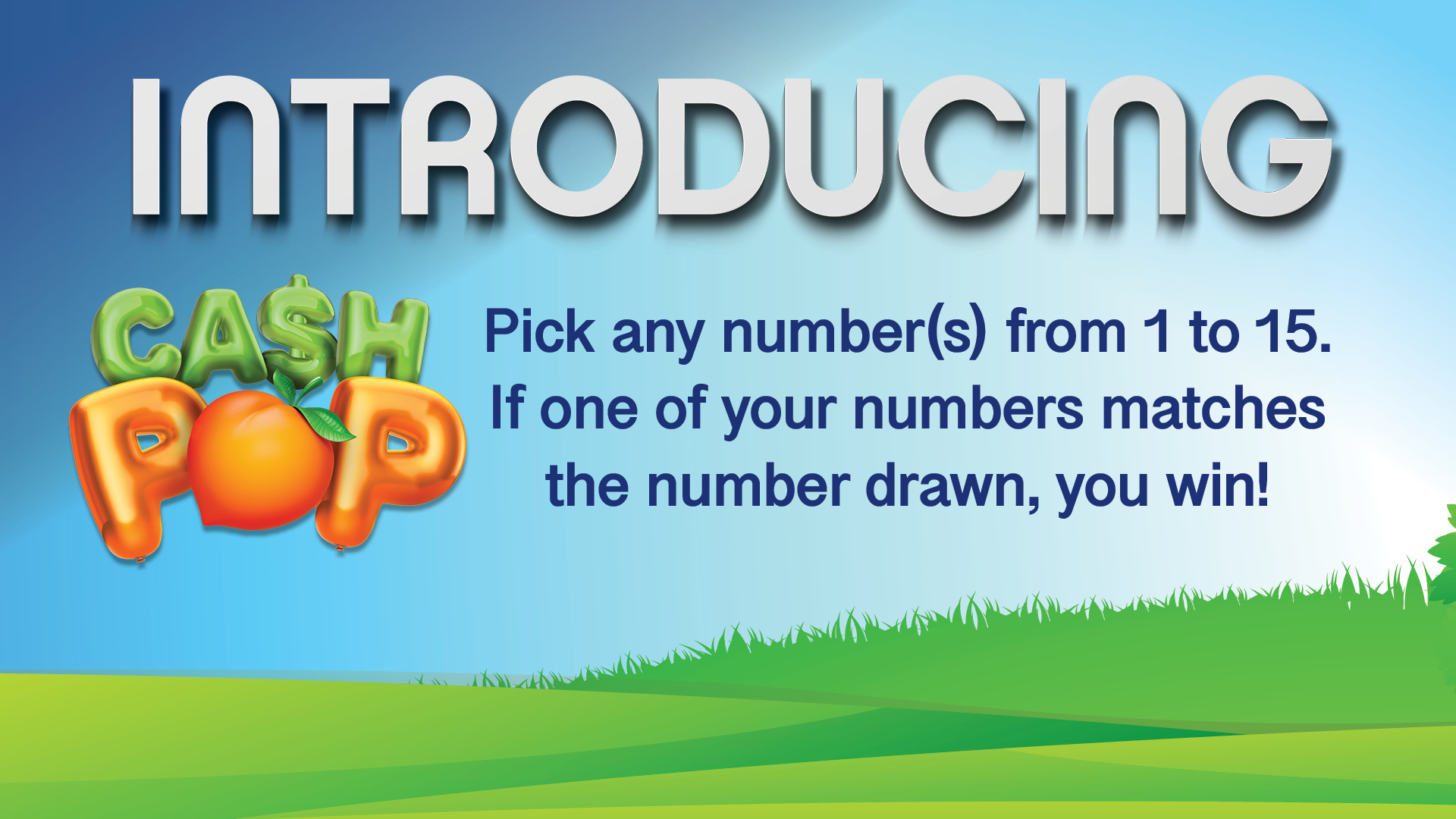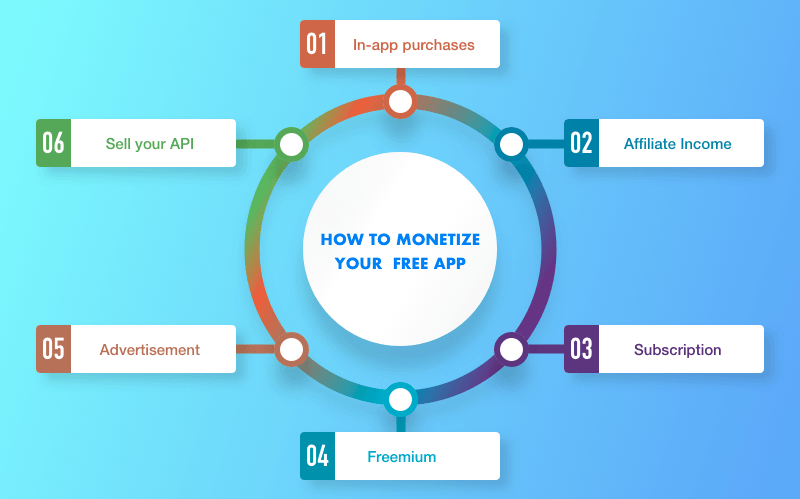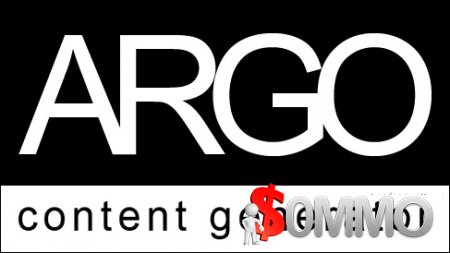
One question that often arises in the world of digital marketing is what's the difference between content strategy and content marketing? Although it may not be obvious, the difference is crucial. Creating an effective content strategy involves understanding your audience and what they want to hear. Short videos are best if you have a large audience who use social media. Longer posts and articles will be more appealing to them. Similarly, if your target audience prefers reading material, you should create long-form articles or long-form blog posts.
A content plan is a blueprint for how a brand will create content. It describes the how and why of your content. While a marketing strategy is the plan for how to promote it, it outlines the steps. Many brands just jump into creating a great deal of new content without thinking about the strategy first. Unfortunately, this leads to ineffective results, with only 30% of brands saying their efforts were successful. The solution is to create both a short-term and long-term based on your content marketing goals.

The most important difference between a marketing strategy and a strategy for content is that the latter involves creating, managing and planning brand content. A content strategy is designed to help your business achieve its goals. This includes increasing revenue, expanding into new areas, and maintaining a competitive edge. Implementing a content strategy will allow you to create consistent, well-crafted and engaging posts.
What you do with your content is what makes a content strategy different from a content marketing plan. While the former is all about creating content for a company's website, the latter is all about communicating with customers and not selling. While the differences are often subtle, content strategies can make a big difference for your business. Knowing the difference between these two is essential.
A content strategy can help you identify your target audience's needs and wants. This strategy can be as simple or complex as a blog article or e-book. Your audience will be influenced based on the purpose of your content strategy. It is important to know what they expect from you company. Your content strategy will have an impact on their behavior, so ensure that your site is designed to suit their needs.

Business owners need to develop a content strategy. It drives leads and sales. Contrarily, a content strategy for marketing is focused more on brand awareness. This type strategy is very different from a traditional content marketing strategy. A content strategy will help your audience identify with your brand and your product. A well-constructed content strategy can guide your audience to the desired outcomes. This includes a clear understanding of the goals and how they will be achieved.
FAQ
Do I need a team, or can I do content marketing alone?
It all depends on your skills and experience, as well as your budget. If you don't have the resources available to hire someone to take care of the day-to-day content creation, distribution, and optimization tasks, you will need to learn how to do it yourself.
You should not attempt content marketing without support.
An agency or content strategist that is skilled in creating great content can save you both time and money as well as help you achieve better results.
You won't succeed unless you work hard, consistently deliver high-quality content and keep up with changing trends. A solid content plan is essential.
Is content marketing effective?
Yes! Hubspot states that Content Marketing is now the number one digital marketing channel for lead generation.
What is the cost of hiring a content strategist to create content?
Many agencies and freelancers are willing to offer content creation services at reasonable rates. Some companies may pay more to get the best possible project manager.
Why do I need a Content Marketing Strategy to succeed? Why not send out emails or share social media updates?
Two main reasons you might choose to ignore a Content Marketing Strategy.
-
You might think that email marketing and social media posts are enough to get people talking about your brand.
-
It's possible to assume that sharing this content via social media and email marketing is not practical.
Both of these assumptions are false.
Email marketing, as well as social media posts, can be excellent ways to communicate with prospects or customers. However, these are not sufficient.
A single email campaign won't be enough to help you achieve your goals. You need to integrate it with a larger strategy. And social media posts alone won't help you achieve your goals either. They should be part and parcel of an overall strategy.
This is where a Content Marketing Strategy can help. You can control your entire content creation process by having a clear strategy.
As a result, your time will be more focused on other aspects of your business such as increasing your conversion rates and growing your audience.
Even though Content Marketing Strategy has many benefits, it doesn’t make it easy.
It is important to have a strategy.
Do I really need to hire an agency to do content marketing?
No! No. There are many online tools that can help you create high quality content. Plus, agencies tend to charge a premium price for their services.
Why do you need a content marketing strategy?
Content marketing isn't just about producing quality content. Content marketing is about connecting with people on an emotional level, helping solve their problems and building relationships. This requires a sophisticated understanding of how people behave online.
This is precisely what Content Marketing Strategy does. Content Marketing Strategy provides insight into the psychology of customers to help you engage best with them.
You can also improve your conversion rates to increase profits.
However, there are plenty of options for content marketing strategies.
Content Marketing Strategy is far better than any other marketing type.
A well-executed Content Marketing Strategy will help you build brand awareness and sell products.
What's the difference between content creation and content marketing?
Content marketing is a way to ensure that every brand has the same message. They continually deliver useful information that people want or need.
Content marketers understand how to create the best content for each channel at various times.
They also have the ability to devise a plan for distribution and promotion.
In other words, they think strategically about what they do and why it matters.
This is the core skill set needed to be a successful content marketer.
Statistics
- Seventy-two percent business to business (B2B) (mailchimp.com)
- Out of the 1,500 marketers we surveyed for our State of Content Marketing report, 78% who felt their content marketing strategy was exceptionally effective in 2021 had documented their strategy. (semrush.com)
- Progress indicators (0–100%) allow each team member to see how attainable each goal is and understand what remains to be accomplished. (semrush.com)
- Companies that use content marketing see approximately 30% higher growth rates than businesses not using it. (mailchimp.com)
- According to our research, brand awareness, attracting traffic, and generating leads remain the key content marketing goals in 2022. (semrush.com)
- An example of an overarching goal could be: "In 2022, we want to achieve a 20% increase in revenue created by organic content and generate 15,000 MQLs with a budget of $30,000." (semrush.com)
- We found that 40% of businesses don't have a documented strategy yet. (semrush.com)
- To further show the importance of this, 89% of people have stopped doing business with a company because of a poor experience. (neilpatel.com)
External Links
How To
Infographic Design Tips for Content Marketing
Infographics are one of the most effective ways to explain complex concepts simply, making information easy to understand. Use infographics as a tool to promote your content marketing message.
To create an infographic, you will need to use design software like Adobe Illustrator or Photoshop. These programs are great for creating infographics. Once you are happy with your design, you can upload images to Unsplash and Pixabay for your design.
Check out existing infographics online to get some ideas. For example, if you want to show how many calories are in certain foods, you could take a picture of a food pyramid and replace the numbers with pictures of those foods. Another option is to take a picture of a can of Coke and look at how much sugar it contains.
Once you have created your infographic it is possible to share it via social media channels like Facebook, Twitter and Google+. This helps people who aren't familiar with the concept learn about it. In order to make others see your infographic, use hashtags when you post it on social media. Users can follow conversations around specific topics using hashtags.
If you decide to create an infographic, try making your posts shorter than usual. An average blog post is between 2000 and 5000 words, while an infographic takes 500 to 1000 words. You can communicate more information in less space.
Make sure you consider that your infographic will be difficult to read by some viewers. Make sure you use large enough fonts and don't rely too heavily on color for your graphics. Also, ensure all text is legible.
Here are some more tips
-
Use an infographic template. There are many free templates online. The most popular ones include Canva, Piktochart, and Google Slides.
-
Create your Infographic. Use the template to create your infographic. You can use whatever media is most appropriate for your audience. For example, creating an infographic about the best places to eat in Seattle might choose photos of local restaurants.
-
Add Text. After creating your infographic, add text with Microsoft Word, PowerPoint, and Canva.
-
Add images. Add images to an infographic. These images can be charts, graphs, icons, or pictures. Make sure your picture is relevant to the topic you are adding.
-
Make It Interactive. You can also add interactive elements such buttons, maps, links, and other features. This will make it easier for your audience to interact with you.
-
Share. When you're done, share your infographic on social media sites like Facebook, Twitter, LinkedIn, Pinterest, and Instagram.
-
Measure. Your infographic's performance. Are people clicking through to your website or not? Are they signing up for your email newsletter? Was their reaction to the infographic?
-
Improve. Are there ways you could improve your infographic? Is there anything you could do better?
-
Repeat. Do it again.